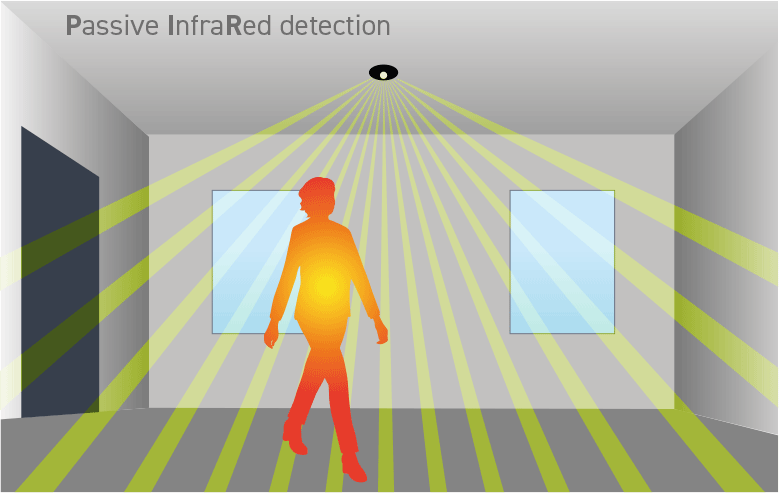What is the difference between active and passive automatic door sensors?
Automatic door sensors have become a common sight in many public buildings, such as hospitals, malls, and airports. These sensors allow doors to open and close automatically, without the need for manual operation. However, not all automatic door sensors are the same. There are two main types of automatic door sensors: active and passive. In this article, we will explore the difference between active and passive automatic door sensors.

Active Automatic Door Sensors
Active automatic door sensors are also known as motion sensors. These sensors emit a signal that detects movement and triggers the door to open. When someone approaches the door, the sensor sends out a signal that activates the opening mechanism. This type of sensor is typically found in high-traffic areas where people are constantly moving, such as airports and train stations.
There are two main types of active automatic door sensors:
Microwave sensors: Microwave sensors emit a low-power microwave signal that reflects off nearby objects, including people. When the signal detects movement, it triggers the door to open. Microwave sensors are highly accurate and can detect movement even if the person is not directly in front of the sensor.
Infrared sensors: Infrared sensors use infrared technology to detect movement. These sensors emit a beam of light that is invisible to the human eye. When the beam is broken, the sensor detects movement and triggers the door to open. Infrared sensors are highly reliable and can be used in a variety of environments.
Passive Automatic Door Sensors
Passive automatic door sensors are also known as touchless or presence sensors. These sensors detect the presence of an object or person in front of the door and trigger the door to open. Unlike active automatic door sensors, passive sensors do not emit a signal to detect movement. Instead, they rely on the presence of an object to trigger the opening mechanism.
There are two main types of passive automatic door sensors:
Ultrasonic sensors: Ultrasonic sensors emit high-frequency sound waves that bounce off nearby objects, including people. When the sensor detects the presence of an object, it triggers the door to open. Ultrasonic sensors are highly accurate and can detect the presence of an object even if it is not directly in front of the sensor.
Optical sensors: Optical sensors use a combination of infrared and visible light to detect the presence of an object. These sensors emit a beam of light that is reflected back to the sensor when an object is present. When the sensor detects the presence of an object, it triggers the door to open. Optical sensors are highly reliable and can be used in a variety of environments.
Conclusion
In summary, active automatic door sensors use motion detection to trigger the door to open, while passive automatic door sensors use the presence of an object to trigger the opening mechanism. Each type of sensor has its advantages and disadvantages, depending on the environment in which it is used. When choosing an automatic door sensor, it is important to consider the specific needs of the environment and the people who will be using the door.







